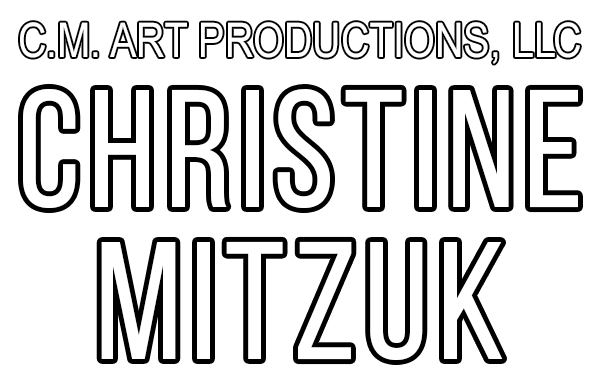 Here’s a look at the tools of gesture drawing applied to a picture instead of isolated at the drawing co-op.
Here’s a look at the tools of gesture drawing applied to a picture instead of isolated at the drawing co-op.
I love it when the gesture in the thumbnail version conveys the idea I’m trying to communicate. Sometimes it gets lost along the way and I have to find it again.
I had an idea in my head of how I wanted the figure to behave so I tried to get the model to pose in the same way. It ended up looking stiff and not convincing. He looks like he’s propping himself up to draw, which is what I wanted, but compared to the thumbnail he’s not deeply engaged in his practice of drawing. it looks very static. He has windmill limbs. All the limbs are moving outwards in different directions from a somewhat central point. They break the overall flow.
had an idea in my head of how I wanted the figure to behave so I tried to get the model to pose in the same way. It ended up looking stiff and not convincing. He looks like he’s propping himself up to draw, which is what I wanted, but compared to the thumbnail he’s not deeply engaged in his practice of drawing. it looks very static. He has windmill limbs. All the limbs are moving outwards in different directions from a somewhat central point. They break the overall flow.
I went back to the drawing board and tried a few other poses. I was hunting for flow, real anatomy, and the sense that he’s stabilizing himself with the lower arm. There’s the other trip up. I was trying to make it look “real” instead of believable. I was getting lost in showing tangible facts, instead of the emotion. Back to the drawing board. Here are a few I tried.
Upper left – Has an interesting overall flow but he doesn’t look deeply lost in drawing. It also feels like he’s straining. My neck hurts looking at it.
Right – Has a feeling that he’s engaged in drawing with the forward lean but we’re back to windmill limbs.
Lower left – Better. There’s forward momentum. There’s flow and it feels believable but there’s still a bit of windmill going on. It also gives the sense that he’s straining a bit to sit up and draw.
For the final image I tried to downplay the windmill limbs and increase the magic moment with value.
Trying to pose the model the way I imagine the character rarely works because it’s either physically impossible or just doesn’t feel natural. It seems to work pretty well to have the model explore the fluidity of the pose, to let them play the character. Ultimately the image ends up being a blend of the rough sketch and information from photos, of emotion and form.


